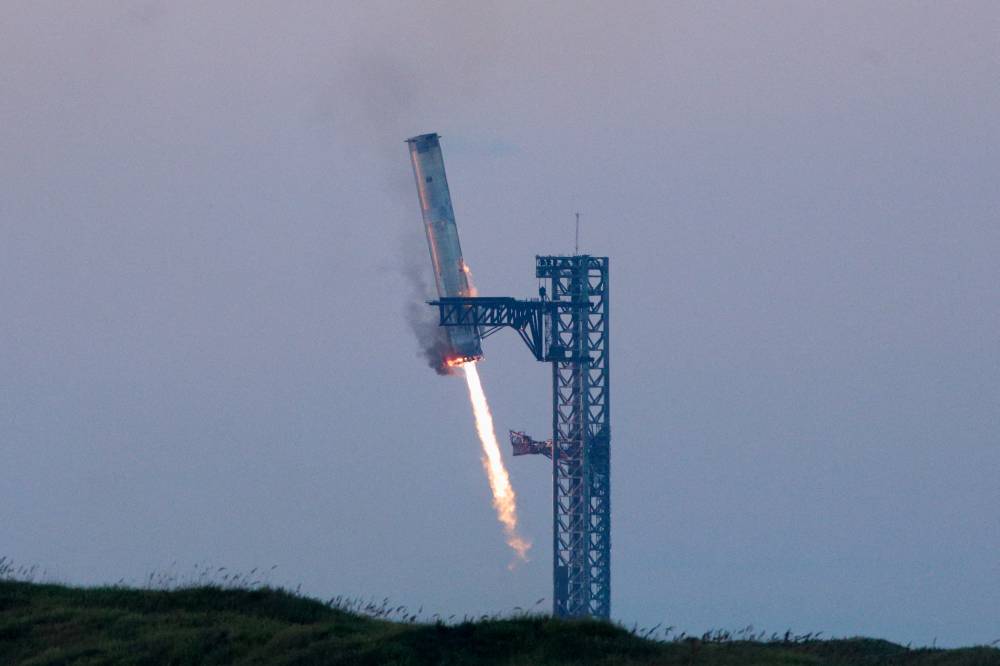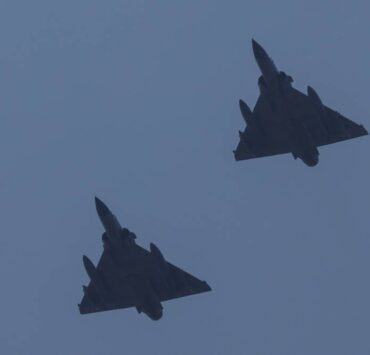SpaceX ‘catches’ megarocket booster after test flight

BOCA CHICA, TEXAS—SpaceX on Sunday successfully flew the first-stage booster of its Starship megarocket back to the launch pad after a test flight, a technical tour de force that furthers the company’s quest for rapid reusability.
The “super heavy booster” had blasted off attached to the uncrewed Starship rocket minutes earlier, then made a picture-perfect controlled return to the same pad in Texas, where a pair of huge mechanical “chopsticks” reached out from the launch tower to bring the slowly descending booster to a halt, according to a livestream from Elon Musk’s SpaceX company.
Not long afterward, the upper stage of Starship splashed down, as planned, in the Indian Ocean, a development saluted by Musk on X.
“Ship landed precisely on target!” he said of the vehicle’s fifth test flight.
The successful “catching” of the booster at its Texas launch pad had company staffers erupting in cheers.
Liftoff occurred at 7:25 a.m. in clear weather from the SpaceX facility in southern Texas.
US space agency Nasa, which congratulated SpaceX on its successful test, is also keenly awaiting a modified version of Starship to act as a lander vehicle for crewed flights to the moon under the Artemis program later this decade.
‘Fail fast, learn fast’
Teams were monitoring to ensure “thousands” of criteria were met both on the vehicle and at the tower before any attempt to return the booster.
Video posted by SpaceX showed the booster slowly descending, its bottom wobbling slowly to and fro as some of its 33 powerful engines corrected its descent, until the powerful “chopstick arms” closed gently and embraced it, holding the huge device in place above the ground.
Starship stands 121 meters tall with both stages combined—about 90 feet taller than the Statue of Liberty.
Its Super Heavy booster, which is 71 meters (233 feet) tall, produces 74.3 meganewtons of thrust, about twice as powerful as the Saturn V rockets used during the Apollo missions.
SpaceX’s “fail fast, learn fast” strategy of rapid iterative testing, even when its rockets blow up spectacularly, has ultimately accelerated development and contributed to the company’s success.
Reuters, the news and media division of Thomson Reuters, is the world’s largest multimedia news provider, reaching billions of people worldwide every day. Reuters provides business, financial, national and international news to professionals via desktop terminals, the world's media organizations, industry events and directly to consumers.

















